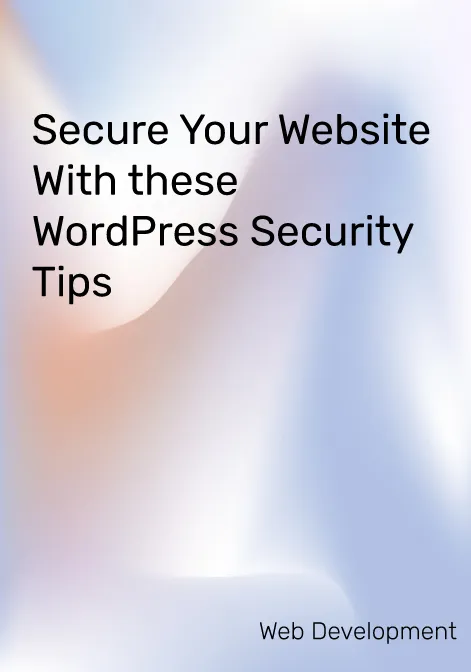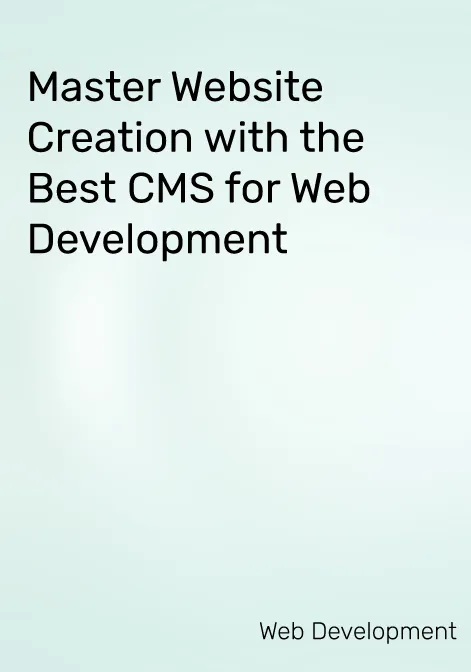Regularly Update WordPress, Themes, and Plugins
Outdated software is a leading cause of website vulnerabilities. WordPress developers regularly release updates that introduce new features and, more importantly, patch security flaws.
What to Do:
- Update Promptly: When updates for WordPress core, themes, or plugins are available, implement them swiftly.
- Use Automatic Updates: Where possible, enable automatic updates for the core, themes, and plugins.
- Choose Reputable Sources: You should only download themes and plugins from reputable sources like the WordPress repository or well-known premium suppliers.
Implement Strong Password Policies
Attackers can quickly gain access to your account by brute-forcing or guessing weak passwords. Your first line of defense should be a firm password policy.
What to Do:
- Complex Passwords: Use passwords that mix uppercase letters, lowercase letters, numbers, and symbols.
- Password Manager: Use a password manager to make complex passwords easier to remember.
- Regular Changes: Regularly change passwords and avoid using the same password across multiple sites.
Use a Security Plugin
A robust security plugin can add protection by monitoring and protecting your site in real-time.
What to Do:
- Install Security Plugins: Consider security plugins such as Wordfence, Sucuri, or iThemes Security for features like firewalls, malware scans, and security audits.
- Configure Settings: Tune the settings of your chosen security plugin to suit your site’s needs without compromising performance.
Opt for a Secure Hosting Provider
Your WordPress site’s security depends on your web host. Make sure you choose a host that emphasizes security.
What to Do:
- Research Hosts: Look for hosts with solid security measures like firewalls, regular backups, and malware scanning.
- Managed WordPress Hosting: Consider managed WordPress hosting, which typically includes enhanced security features tailored for WordPress.
Regularly Back Up Your Site
Backups are crucial for restoring your site in case of an attack or accidental data loss. Ensure you have a reliable backup strategy.
What to Do:
- Automated Backups: Use a service or plugin to automate daily backups of your site’s files and database.
- Remote Storage: Store backups on a separate server or cloud service to prevent simultaneous compromise.
- Regular Tests: Periodically test your backups to ensure they work correctly when needed.
Additional Reads: SEO Mistakes In Web Development
Implement an SSL Certificate
An SSL certificate encrypts data transferred between your website and visitors, which protects sensitive information.
What to Do:
- Obtain SSL: Acquire an SSL certificate from your hosting provider or independent certificate authorities.
- Force HTTPS: Configure your site always to use HTTPS to ensure all data transfer is encrypted.
Limit Login Attempts
A limit can be set on how many login attempts can be made from a single IP address to prevent brute-force attacks.
What to Do:
- Login Attempt Plugins: Use plugins that limit login attempts and lockout IPs after too many failed logins.
- Implement Captchas: Add captcha verification to your login pages to prevent automated login attempts.
Disable File Editing
Admins can edit theme and plugin files directly through the WordPress dashboard, which can be a security risk.
What to Do:
- Update `wp-config.php`: Add `define(‘DISALLOW_FILE_EDIT’, true);` to your `wp-config.php` file to turn off direct file editing through the dashboard.
User Roles and Permissions
Be cautious with the level of access you grant users on your WordPress site. The principle of least privilege should be employed.
What to Do:
- Role Management: Assign roles carefully, providing users only the permissions necessary for their tasks.
- Audit User Access: Frequently review and audit user roles and remove access for those who no longer need it.
Monitor Activity Logs
Keeping an eye on what happens on your site can enable you to detect and respond to suspicious activities quickly.
What to Do:
- Install Logging Plugin: Use an activity log plugin to monitor file changes, login attempts, and other significant actions.
- Review Logs Regularly: Make it a habit to check logs frequently or set up alerts for abnormal activities.
Enable Web Application Firewall (WAF)
A WAF filters and blocks malicious traffic before reaching your site, offering a strong defence against attacks.
What to Do:
- Choose a WAF Provider: Research a reputable WAF provider compatible with WordPress.
- Regular Configuration: Regularly update and configure your WAF settings to adapt to the evolving web threats.
Additional Reads: Shopify Vs WordPress
Conclusion
WordPress site security is a crucial part of website development and it’s an ongoing process that requires vigilance and proactive measures. Combining these tips will significantly reduce your risk of being attacked by a cybercriminal. Taking the proper precautions can make your site hard for would-be attackers to break into. No website is impervious to threats. Security is a non-negotiable issue for business owners.
The integrity of your data, your online credibility, and the trust of your customers depend on it. Make sure your WordPress is fortified and that your visitors and customers have access to a secure digital environment. Your WordPress site can be kept safe and secure with regular maintenance and dedication to security best practices.




